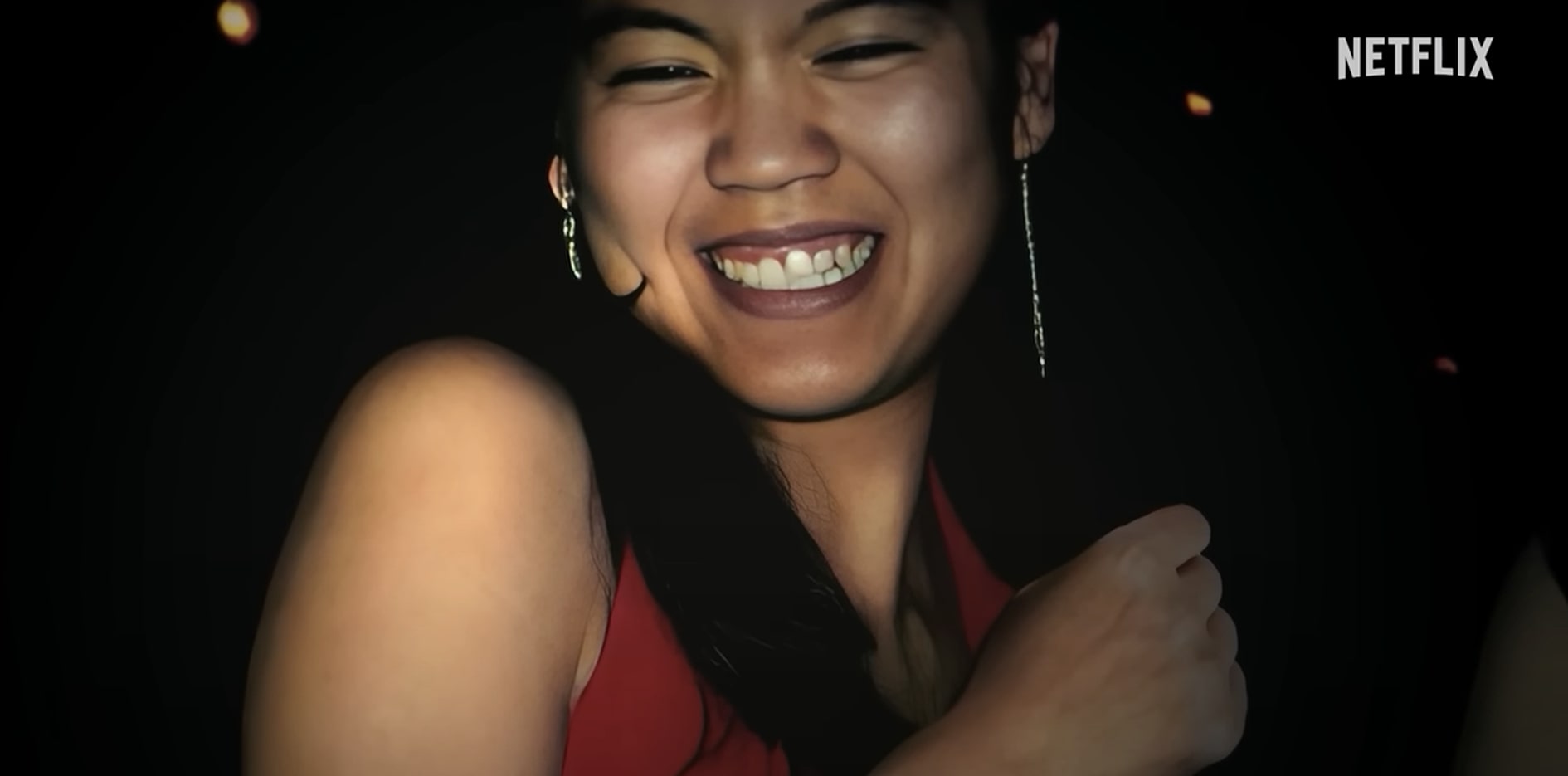Netflix Is Starting To Use AI Both Overtly And In Ways You Don't Notice, And It's So Annoying
I have yet to meet a regular person who's clamoring for more AI in their life. But that's not stopping companies like Netflix from shoving the technology down our throats anyway, and in the most annoying ways possible. Like, for example, the way generative AI seems to have been used to quietly alter photos in What Jennifer Did, the streamer's hit new documentary that was the #1 Netflix movie in the world earlier this week.
While Netflix doesn't disclose the use of AI anywhere in the movie, and its executive producer was pretty cryptic in an interview about whether or not AI was used, a close inspection of some of the images shown from What Jennifer Did reveals telltale signs of AI manipulation. Look closely, for example, at the woman's left hand in the image below.
Netflix using generative AI images in a true crime doc is extremely irresponsible and exactly what archivists are telling documentaries not to do https://t.co/tC3L8tX0qE
— Emanuel Maiberg (@emanuelmaiberg) April 18, 2024
As sophisticated as they are, AI image generators still have a famously hard time rendering human hands correctly. The woman in that image is Jennifer Pan, the subject of the documentary, and her left hand looks exactly like the kind of thing that AI was used to generate — it's a sludgy mess, with fingers missing, and I wouldn't be surprised if she wasn't even making a peace sign in the original photo. Archive material like this photo was used to portray her as a normal, bubbly young woman in contrast to the [spoiler] that comes later.
"Any filmmaker will use different tools, like Photoshop, in films," the movie's executive producer Jeremy Grimaldi told The Toronto Star. "The photos of Jennifer are real photos of her. The foreground is exactly her."
Those comments, of course, are correct — while also neatly skirting around the AI question. Obviously, it's not in dispute that these are photos of Pan. The issue is whether they've been tampered with, the degree to which that was done, and most importantly, why it was done without acknowledgment.
These oddities, by the way, were first noticed and reported on by Futurism.
Another example from the movie that's making the rounds is the image of Pan below, in which eagle-eyed viewers also spotted some tell-tale clues suggesting AI manipulation. Notice, for example, the odd gap in Pan's right cheek, as well as the way, way too long front tooth:

The backlash from viewers to all this, no surprise, has been swift and universally negative — and it speaks to the point I made above, about essentially no one wishing they could enjoy more AI in their life. In fact, the opposite is true here. "Finding and using archival photos/footage is one of the most important and hardest things to do when making a documentary," 404 Media's Jason Koehler wrote on X/Twitter. "What Jennifer Did seemingly created or altered images using AI, which creates a false historical record."
Another user on X/Twitter added in dismay: "Netflix using AI for this documentary called What Jennifer Did is so reckless. Wtf is wrong with these streaming services? There are so many talented journalists, graphic designers, producers, etc. Why not use A HUMAN to get this right?"
If AI is such a great thing, people wouldn't be trying to hide its use or trick you with digital sleight of hand, a la the What Jennifer Did brouhaha. And by the way, this whole thing coincides with another annoying instance of Netflix embracing AI for the gimmick that it is.
The new season of the streamer's reality show The Circle, in which participants compete in a social media challenge while trying to suss out any catfishes among them, is notable for the inclusion of an AI chatbot as a "player" this time around. "Designed to become the most popular player in the game, 'Max' has studied past seasons and used previous competitors as inspiration to create the perfect profile," Netflix explains.
"Basically, Max is social media catnip for the rest of the players, who initially have no idea that an AI bot is among them ... But programming can only get you so far, as Max has no information about the other players besides what they choose to share in the game. And he'll be acting on his own — without the interference of producers — to establish genuine connections with his competitors."
I pointed out above that ordinary people are just not clamoring for more AI in their lives, but CEOs sure are (which should tell you something about this technology). Netflix CEO Greg Peters told analysts during the company's quarterly earnings call this week that AI can play a "unique and critical role" in helping storytellers tell great stories. Which doesn't exactly explain why Netflix hides AI when it's used, and uses AI as a dumb gimmick in other places.
